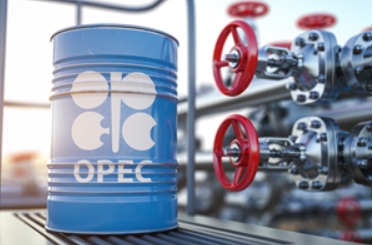
Data from January and February 2025 show Russia’s production drilling averaged over 2,370 kilometers (7.8 million feet), surpassing the seasonal averages from the past three years. This follows a period when Western restrictions limited access to oilfield services in Russia. Despite these challenges, the country’s crude and condensate production capacity remains stable at 11 to 11.5 million barrels per day, comparable to 2016 levels, according to Ronald Smith of Emerging Markets Oil & Gas Consulting Partners LLC. Smith noted: “We can safely say that the Russian oilfield service industry has, for the most part, successfully adapted to the sanctions regime.”
The resilience of Russia’s oil sector stems from strategic adjustments. After some foreign service providers exited, they transferred their Russian operations to local management, retaining equipment and expertise. Companies like SLB Plc and Weatherford International Plc have continued operations, albeit on a reduced scale. Additionally, local firms have sourced alternative equipment or developed their own solutions over the past three years, as explained by Dmitry Kasatkin, a partner at Kasatkin Consulting.
While some technological setbacks, such as shorter horizontal drilling or less precise well positioning, have occurred, the overall impact of Western restrictions has been less severe than anticipated. Sergey Vakulenko, a former oil executive and current scholar at the Carnegie Endowment for International Peace, stated: “In general, the impact of the sanctions and departure of the western service providers is much lower than what was predicted by many three years ago.”
Russia’s Energy Ministry, SLB, and Weatherford did not provide comments on the current drilling pace or their operations. The increased drilling reflects the industry’s focus on maintaining production capacity amid global market shifts, ensuring Russia remains a key player in the energy sector. Local innovations and adaptations continue to support the nation’s oil production goals.